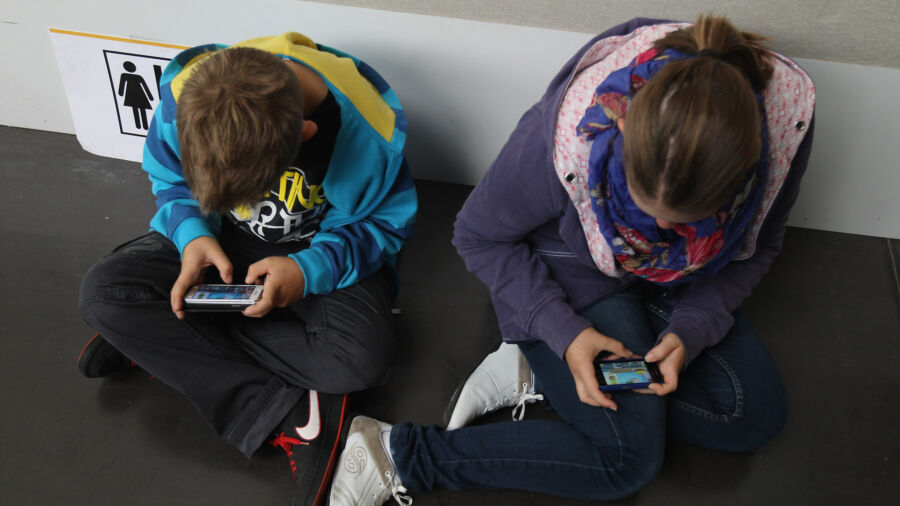
A new study has found that boys exposed to violent television in their preschool years are more likely to exhibit aggressive and antisocial behaviors as teenagers.
The research, published on Jan. 20 in the International Journal of Environmental Research and Public Health, tracked nearly 2,000 children from Quebec, Canada, for over 10 years.
Led by Dr. Linda Pagani, the researchers wrote that the study “demonstrates long-term perils associated with early exposure to violent content,” but that targeted education campaigns informing parents of these risks can help ameliorate the effects.
Researchers followed 963 girls and 982 boys from the Quebec Longitudinal Study of Child Development birth cohort. Parents reported their children’s exposure to violent media at ages 3.5 and 4.5 years. When the children reached 15 years old, they self-reported on four indicators of antisocial behavior.
The results showed a significant association for boys, but not for girls. Boys who were exposed to more violent televisual content in preschool showed higher levels of proactive aggression, physical aggression, and antisocial behavior by mid-adolescence.
Specifically, compared to boys with less exposure to TV violence, those with higher exposure showed a 6.5 percent increase in proactive aggression, a 7.4 percent increase in physical aggression, and a 7.6 percent increase in antisocial behavior.
These behaviors included actions such as threatening or hitting others to get what they wanted, participating in gang fights, and run-ins with police.
The study’s findings also showed that small changes can have significant implications in the long term.
“One should not underestimate the developmental impact of a small significant effect, as it can snowball over time, because this effect can influence behavioral choices over the life course,” the researchers wrote.
The study included various control factors, including family income, parental education, and the children’s temperaments. Researchers said this approach helped isolate the specific impact of violent televisual content.
They said the results align with social learning theory.
“It is plausible that boys exhibit more aggressive behaviors because the violent characters depicted in movies are predominantly male,” the researchers noted.
The study also found that increased screen time, regardless of content, correlated with more aggressive behaviors in boys. This supports the time displacement hypothesis, which suggests that more screen time reduces chances for social interaction and the development of the skills needed to resolve conflicts.
The researchers noted, however, that the measure of violent TV exposure was based on parental reporting, which could introduce bias. The study also doesn’t establish a causal relationship, as it is not based on experimental data, they wrote.
Based on the results, the authors recommend stricter policies on which content preschool children are exposed to, as well as media literacy programs in schools.


